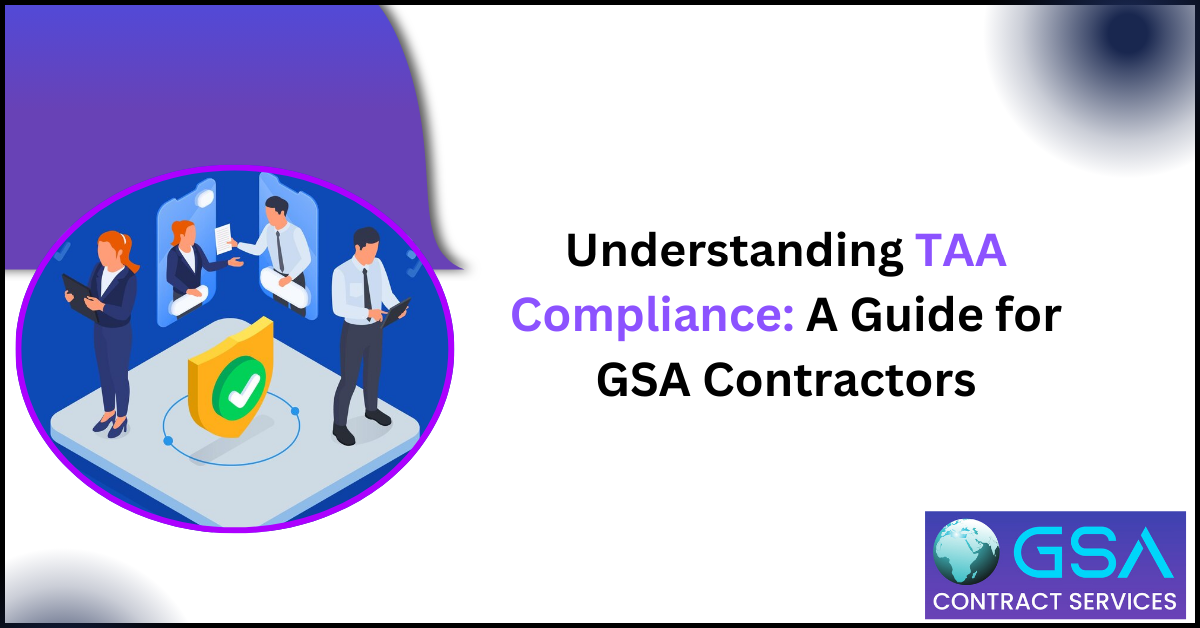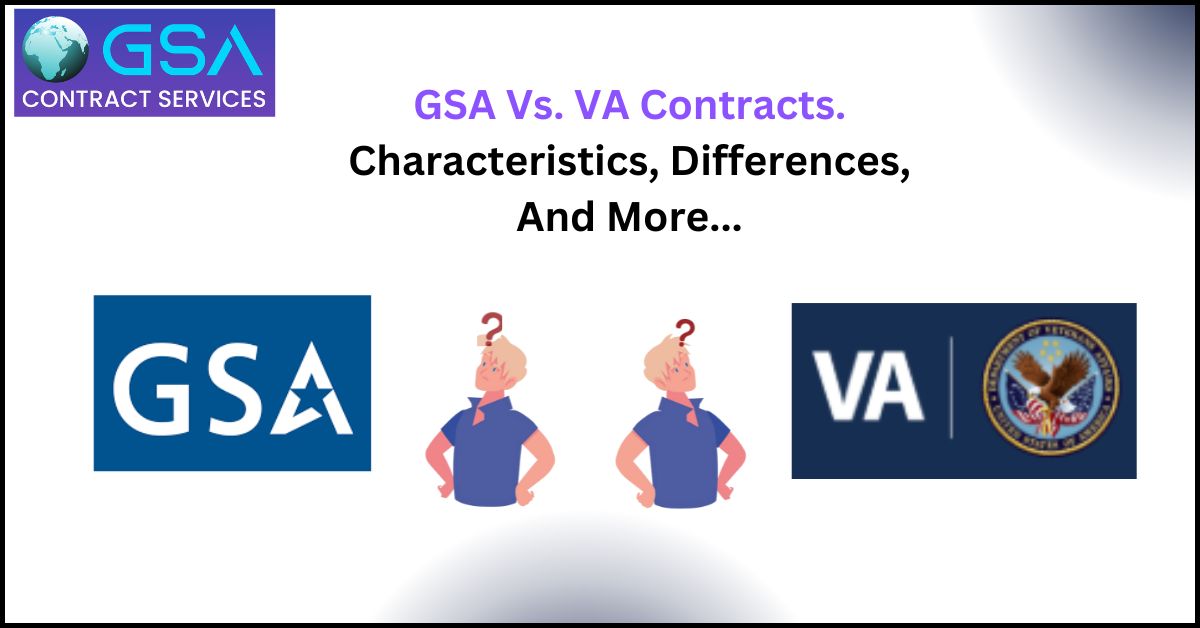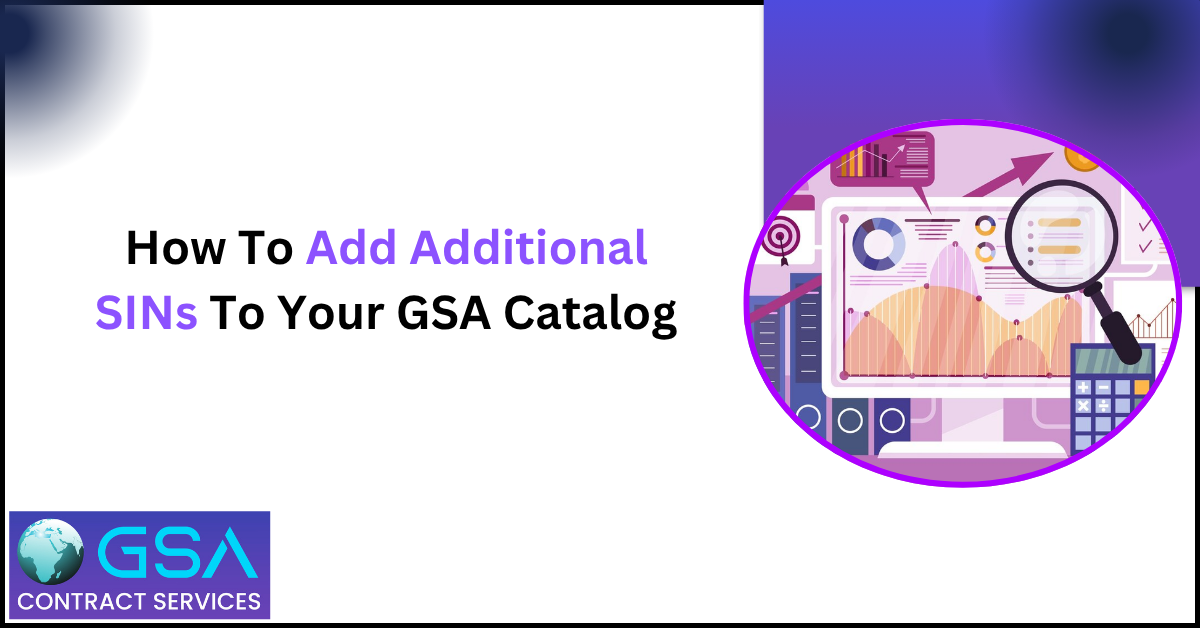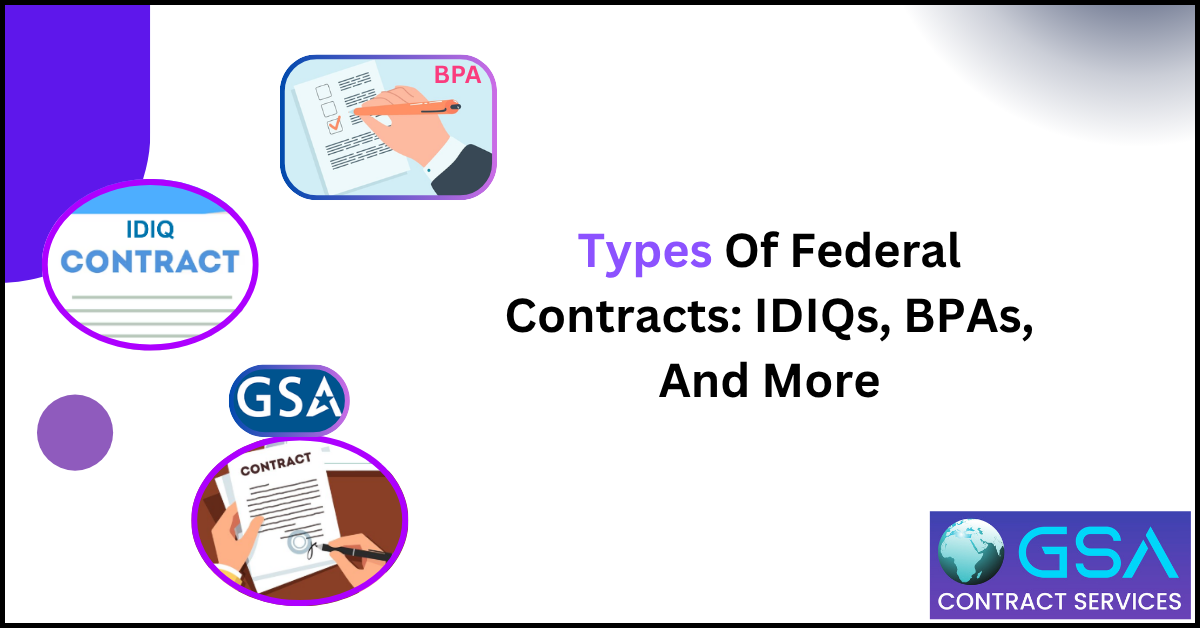Key Takeaways:
- Only source from TAA-approved countries or ensure substantial transformation.
- Maintain full documentation of your supply chain and manufacturing process.
- Non-compliance can cost you contracts, money, and reputation.
- GSA does audit regularly, so be proactive, not reactive.
If you’re a GSA contractor, one term you’ll often hear is TAA compliance. It’s not just legal jargon, it’s a critical requirement that could make or break your ability to sell to the federal government.
This guide breaks down what TAA compliance is, why it matters, how to ensure you meet it, and what can happen if you do not.
What is TAA Compliance?
TAA stands for the Trade Agreements Act, a federal law passed in 1979 (19 U.S.C. § 2501–2581). The Act was created to foster fair and open international trade while giving preference to goods from countries that the U.S. has a trade agreement with.
For GSA contractors, TAA compliance means that the products or services you sell to the government must either:
- Be wholly made in the U.S. or a TAA-designated country, or
- Be substantially transformed in the U.S. or a TAA-designated country.
This requirement is a cornerstone of selling through GSA Schedules and applies to most federal procurement contracts over $183,000.
Why is TAA Compliance Important?
The U.S. government wants to ensure its money is spent on:
- Products that support fair trade
- Allies or partner nations
- High-quality and ethically sourced goods
If your products are not TAA compliant, you could face:
- Contract termination
- Fines
- Suspension or debarment from future government contracts
And perhaps even legal action under the False Claims Act, which carries heavy penalties.
Who Must Comply with TAA?
You must comply with TAA if you are:
- Selling through a GSA Schedule
- Bidding on a federal contract above the TAA threshold ($183,000)
- Selling via platforms like GSA Advantage! or FedMall
Note: TAA does not apply to all federal purchases. It depends on the contract and the dollar amount.
TAA-Compliant Countries
Below is a list of countries approved under the TAA. Products from these countries are allowed:
TAA-Designated Countries
- United States
- European Union Members (e.g., Germany, France, Italy, etc.)
- Canada
- Mexico
- Japan
- South Korea
- Australia
- New Zealand
- Israel
- Singapore
- Taiwan
- Switzerland
- Norway
- Iceland
- Armenia
- Georgia
- Colombia
- Chile
- Peru
- Morocco
- Panama
- Ukraine
- Kosovo
- Moldova (Full list maintained by the GSA: GSA TAA Country List)
Non-TAA-Compliant Countries
Some major manufacturing countries are NOT TAA compliant. This includes:
- China
- India
- Russia
- Malaysia
- Pakistan
- Indonesia
- Vietnam (As of 2025, still not TAA-compliant)
Products from these countries cannot be sold under GSA contracts.
What Does “Substantially Transformed” Mean?
The term “substantial transformation” is key to TAA. This means that a product must undergo processing that changes its essential character or use in a TAA-approved country.
Example:
If you import electronic parts from China (non-TAA) but assemble and reprogram them into a functioning tablet in the U.S., and the product’s new identity and use are established, it may be considered TAA-compliant.
This is a case-by-case determination and often requires legal or customs guidance.
How to Ensure TAA Compliance
Here’s a simple roadmap for staying compliant:
1. Know Your Supply Chain
Ask vendors where their products are made. Confirm the “country of origin” and whether it’s TAA-approved.
2. Document Substantial Transformation
If you’re doing manufacturing or assembly in a TAA country, keep records of:
- Parts origin
- Where and how the product was transformed
- What does the final product do compared to its original parts
3. Get Supplier Certifications
Ask suppliers to certify in writing that their products are TAA-compliant.
4. Audit Regularly
Conduct periodic reviews of your catalog and supply chain. Ensure nothing slips through the cracks.
5. Consult with Experts
If you’re unsure, consult with a GSA consultant like GSA Contract Services or a trade compliance attorney. Mistakes can be costly.
What Happens If You Don’t Comply?
The penalties for TAA violations are serious:
- Contract Termination for Default
- Suspension or Debarment from all federal contracts
- False Claims Act Violations (can lead to triple damages and fines up to $23,000 per violation)
The GSA and Office of Inspector General (OIG) are actively auditing vendors for TAA compliance.
TAA Compliance and GSA Advantage
If you’re listing products on GSA Advantage, you must:
- Mark products as TAA-compliant
- Provide country-of-origin info
- Maintain accurate descriptions and documentation
The GSA reviews catalogs and can remove listings that don’t meet TAA requirements.
TAA and E-Commerce Integrations
If you use an eCommerce platform (like Shopify or WooCommerce) to sync with your GSA catalog, you still carry the responsibility for TAA accuracy. Automation doesn’t exempt you from liability.
Best practice: work with a GSA contract management service that includes TAA compliance checks in your catalog updates.
Final Thoughts
TAA compliance may seem like a box to check, but it’s more than that; it protects the integrity of government procurement and helps ensure you stay in business with the federal government.
If you’re unsure whether your products are TAA-compliant, don’t guess. Reach out to experts who can help you stay compliant, stay competitive, and keep your GSA contract in good standing.




